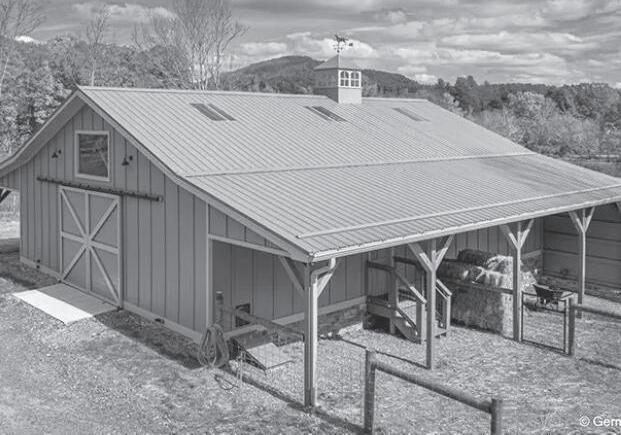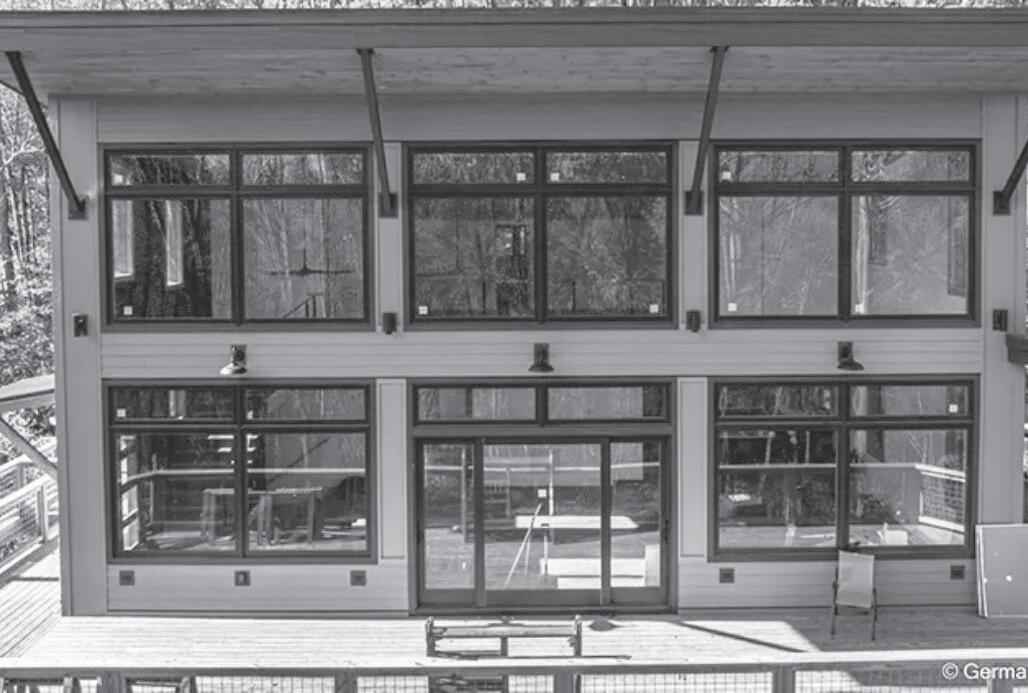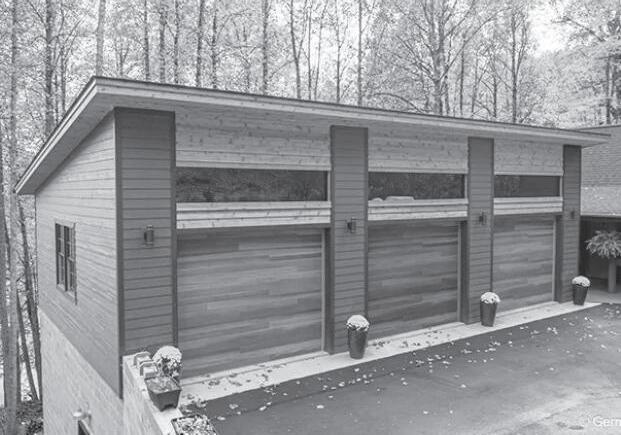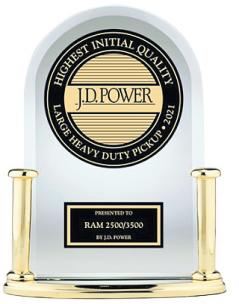




A local church is planting seeds of service to its community and potentially countywide through the creation of a community garden.
Elk Park Christian Church is in the process of building and preparing six raised garden beds at its property directly across the street from the church on Old Mill Road, to help to meet food insecurity within the town, with the potential of partnering with a local nonprofit to provide fresh garden items to residents in other areas of the county as well.
Jonathan Sheppard, youth minister at EPCC, discussed how the idea of creating a community garden transpired.
“We have an individual in our church who’s all about growing things and spends a lot of time growing vegetables and other things. So together he and I had talked about doing some raised garden beds last year. We purchased a couple of beds through the youth fund that we have in the church, and then some things happened and we didn’t get to plan anything,” Sheppard explained. “So this year, we decided that we were going to actually go forward with it, but we wanted to do a different approach. We originally were just going to grow a few vegetables for people in the church to take whenever they got ripe. This year, we got to talking and we thought it’d be a great way to give back to the community, because there’s not a whole lot of access to fresh vegetables in Elk Park and, even if there were access to them, they’re pretty expensive, so we wanted to come together and say, ‘Okay, let’s do a community garden.’ But we wanted to do a garden that was
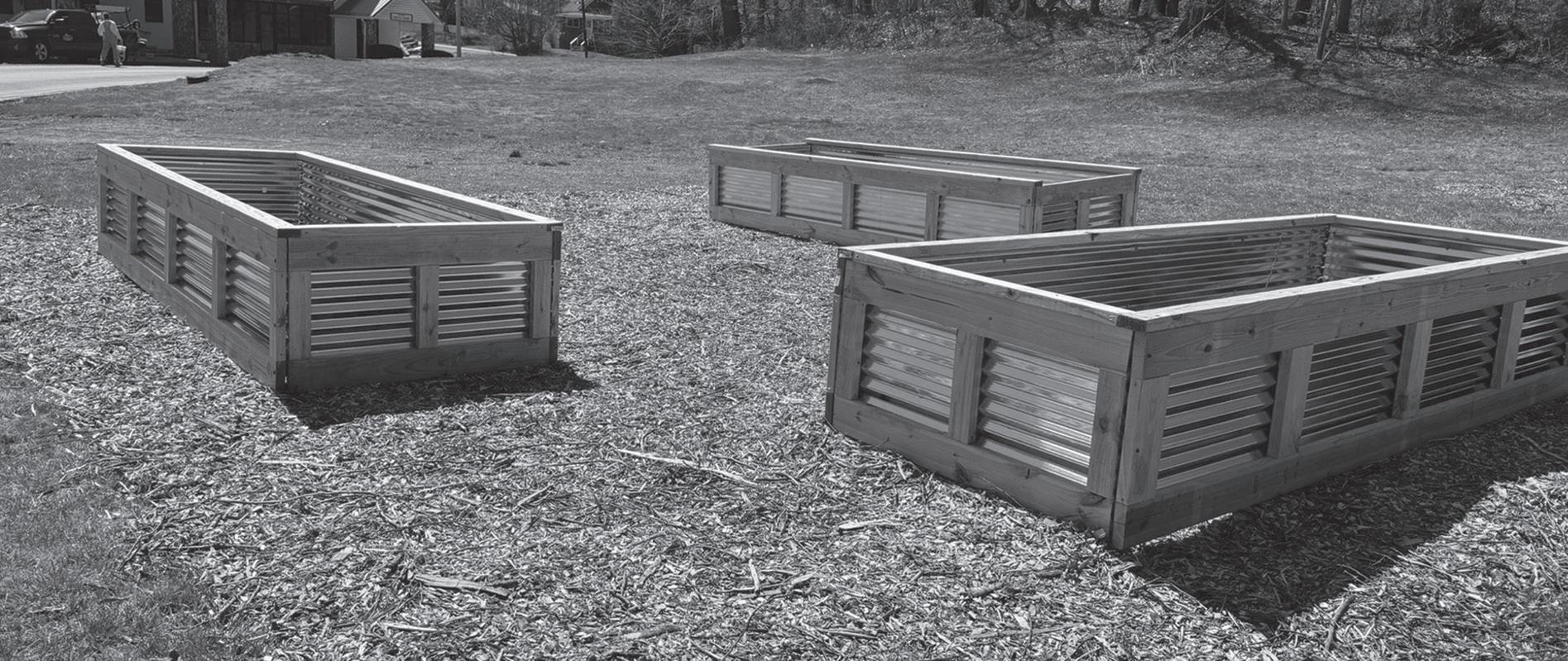
way different than a lot of community gardens. Most community gardens provide the space for people to grow food, and then people come and they grow their own food. What we wanted to do was for it to be a community involvement thing.”
Sheppard explained how the garden would be a place with multiple purposes aside from simply growing crops. A vision is for the garden to serve as an “on location” teaching site for classes or talks with the local extension office or others “in the know” about the art of growing vegetables in the area while also growing a sense of community.
“We want to provide all the things necessary to grow these vegetables, but then we want the community to come together to learn how to raise gardens,” Sheppard explained. “When we first started this project, we were contacted by a couple of individuals in Elk Park who’ve always wanted to grow things, but they just never have done it, and they didn’t know where to start. This is going to be an opportunity for people to learn how to grow vegetables, how to
maintain a garden, and then we hope to partner with the Ag Center to teach toward the fall of the year, teach some canning and preserving techniques to the community members. We wanted this to be a thing where we can give back to the community and we say, ‘Here’s some fresh vegetables. There’s no cost for this. The community’s come together and made this possible.”
The church purchased three raised garden beds for the project, while the Elk Park Board of Aldermen approved funding for the purchase of three additional raised beds for the community garden. Over the Easter holiday weekend, approximately 15 teenagers and several adult volunteers came together to get their hands dirty, prepping the site, completing the construction of the beds, as well as preparing the other necessary ingredients to begin the growing process.
“Statistically speaking, there’s about 90 people in Elk Park who really don’t know where their next meal is coming from, so that was another factor that has
driven us to really do this community garden. We had a goal of doing six gardens, and we’ve worked pretty tirelessly trying to raise the funds to be able to do those six this year. Originally we raised enough money to build the three beds, then the Town of Elk Park agreed to provide $600 to get us to our goal of six raised beds, which will provide a lot of food over the next nine months,” Sheppard said.
As the community garden project builds momentum, additional opportunities to serve residents beyond the borders of Elk Park have been discussed, including a potential partnership working with area nonprofit Feeding Avery Families, building additional beds separate from the community garden but for growing even more fresh vegetables for distribution within that organization’s network of clients.
“I’ve been working with Feeding Avery Families on upcoming community Youth in the Park events, and they’re going to provide several
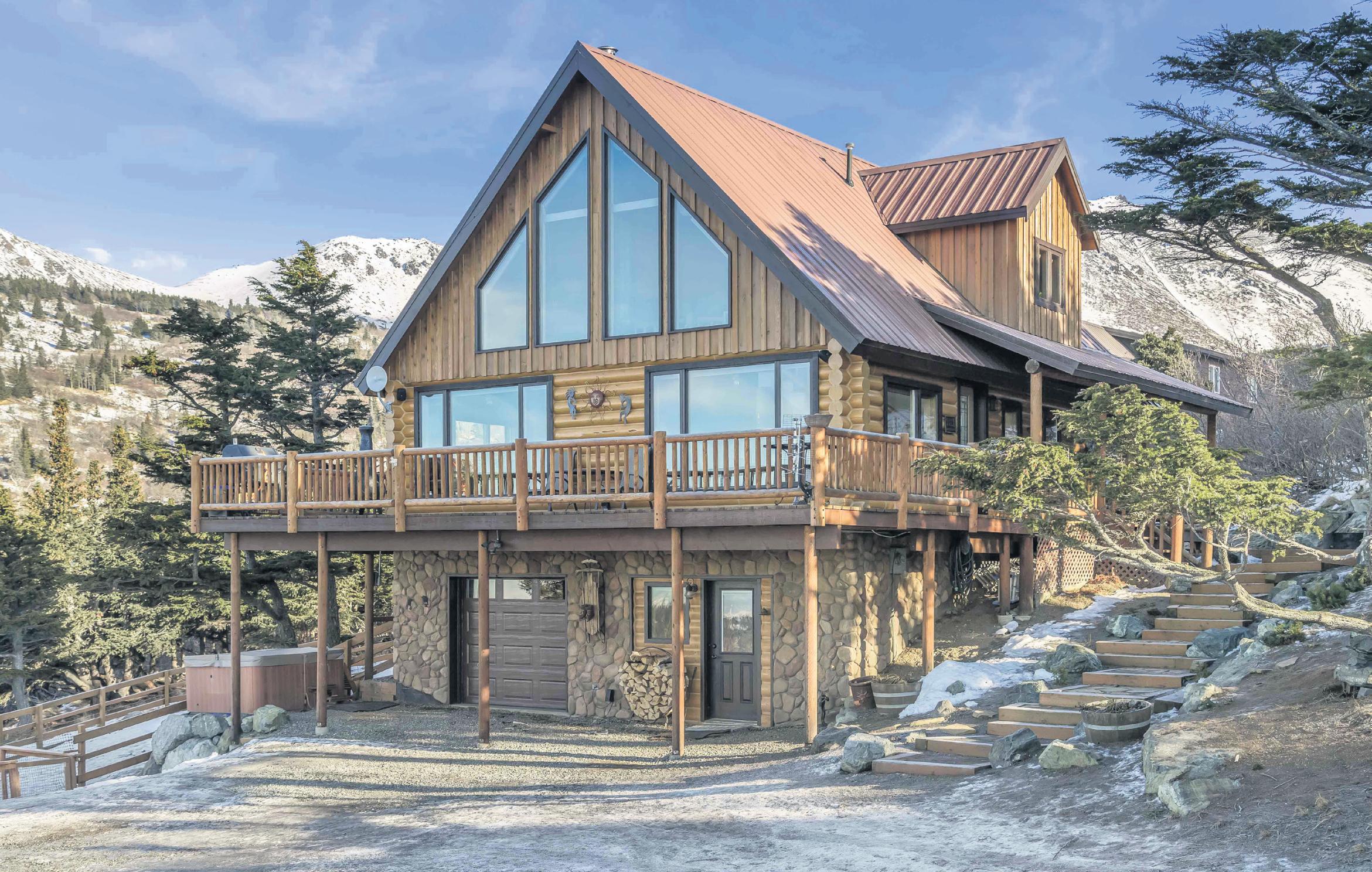


At Sashco, they know that logs ain’twood.Sowhether you’re finallybuildingyourdream home,looking to do some routinemaintenance to keep your weekender log cabinlooking beautiful,orinneed of acompletelog cabinrenovationand restoration,New RiverBuildingSupply carriesthe full lineofSashcospecialty log home finish products to getthe jobdone. Boone 3148 Hw y. 105South Boone,NC28607 828-264-5650 Banner Elk 2340 Tynecastle Hw y.

www.newr iverbuilding.com

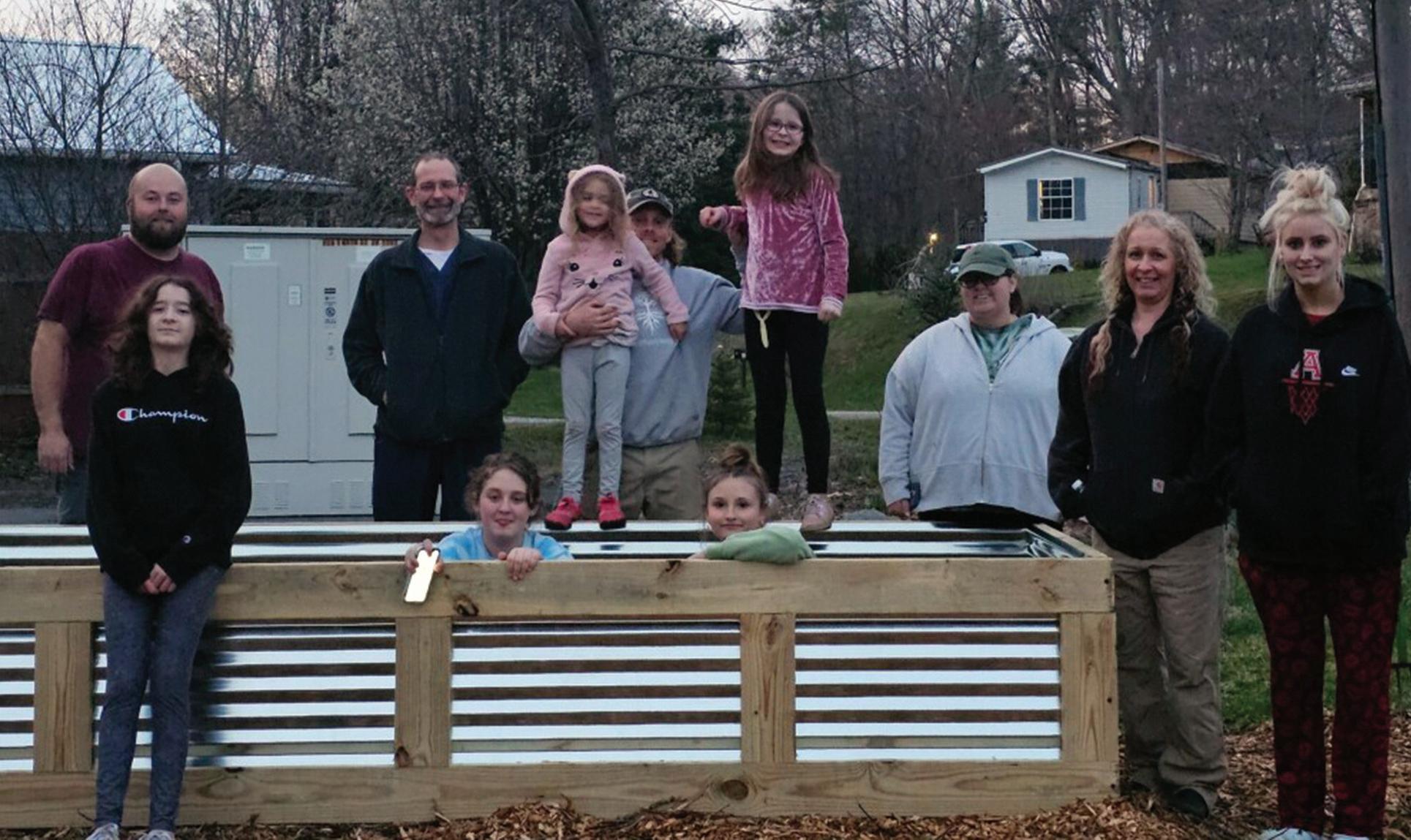
backpacks with food that we’re going to provide the kids when we do those events throughout the summer. When I told them what we were doing with the community garden, Vanessa (Philllips) and Jo Ann (McMurray) looked at each other they said, ‘This is crazy. This is exactly what we’ve been wanting to see,’” Sheppard explained. “There’s an opportunity for us, probably not this year, but possibly next year, to expand a community garden that is specifically for Feeding Avery Families. I know WAMY does that now, they grow vegetables and donate to FAF. But what Feeding Avery Families is wanting is they’re wanting to use organizations in the county to grow the vegetables, harvest them and then come up to their distribution center and have like a little produce stand and hand out vegetables throughout the summer, so we’re working on the logistics for that. We want to separate that from what we’ve been fundraising for with this community garden, because this community garden is for the community. We want everybody to take part in it regardless of where you live, who you are. If we do the one for FAF, however, we will probably do that one behind the church and privately just for Feeding Avery Families. Again, anybody can come and help work and volunteer, but the foods that will be grown there, if we do partner with the group, will be
specifically for Feeding Avery Families.” Sheppard shared that there are plans in the works for a sign to be constructed at the community garden site that will also include a message board informing passersby and those in the community of upcoming events, classes, work days, etc. at the garden, and also noted that a ribbon cutting and dedication for the community garden is tentatively scheduled for 5 p.m. on Wednesday, May 8, with the additional plan of planting a number of items that are specifically salad-related vegetables, such as spinach, lettuce, kale, onions, tomatoes and cucumbers, along with items including squash and zucchini. As a whole, Sheppard hopes that the effect of the community garden is that it provides not only vegetables for sustenance but also a means by which local community bonds can be strengthened.
“I think this gives us an opportunity to get the community back on track again, to come together. There’s so many differences and there’s so many things that can divide us today, especially this year with elections and such. I think this is an opportunity for people to come together and take their hats off and just be neighbors and serve one another and work with one another, and I think it gives the youth an opportunity to learn, because I think this is an art that is actually going away,” Sheppard said.
“People need to know how to do these
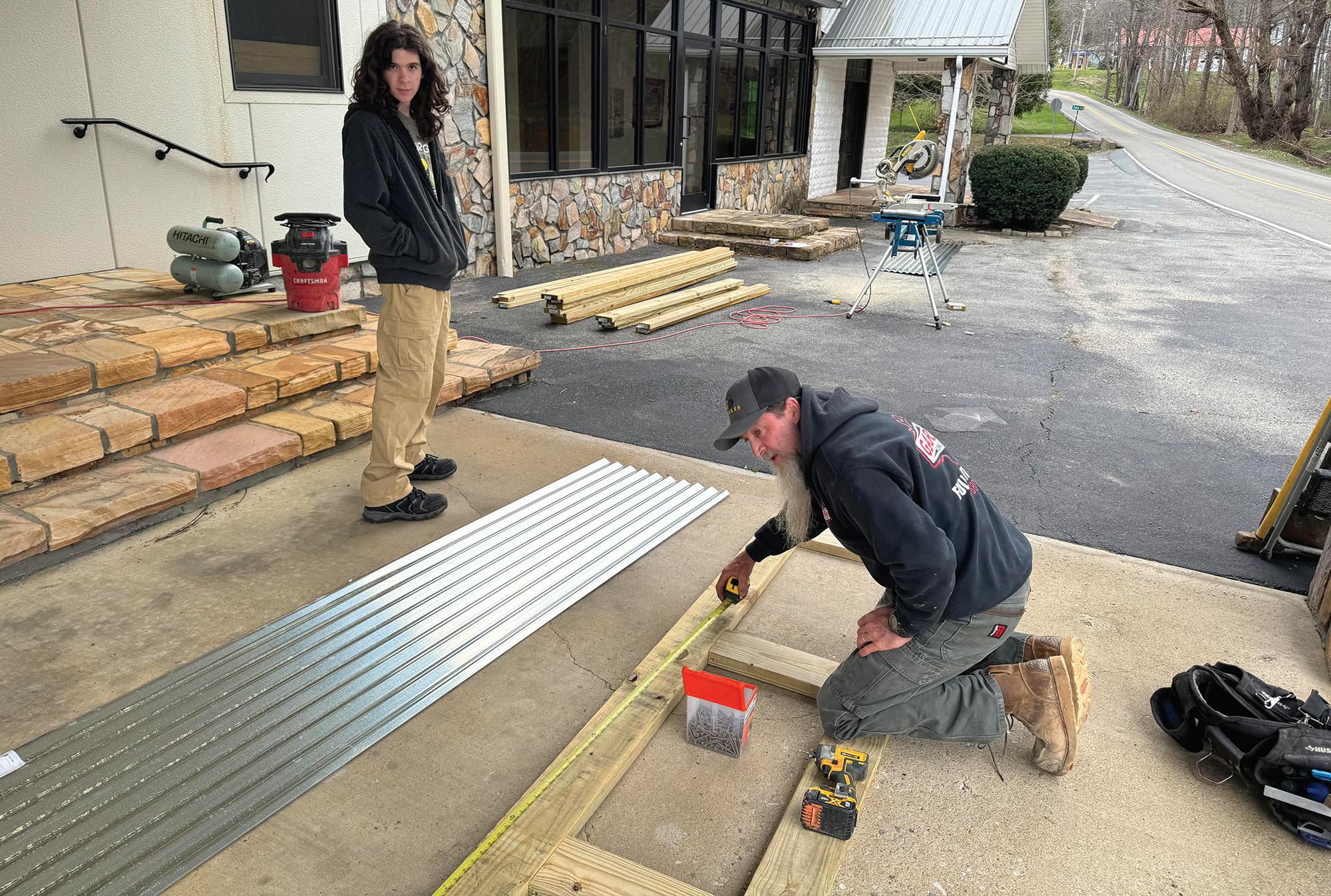
things, but it also gives them the ability to give back to the community and give back to the people who support them and help them. Another thing that it does for the youth is it puts adults in their life to help as mentors, and just help with that communication. It also gets kids off the screens and out
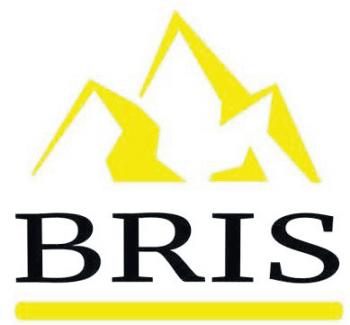
into nature, doing things that I think personally are very healing in a lot of ways for depression, anxiety, and things like that. It gives them an opportunity to get out and take little seeds, and see them grow something that can nourish a community and can feed their neighbors.”



If you want to reduce, reuse and recycle some of your organic waste while also benefiting your garden or your soil in general for next to nothing, compost could be the way to go!
While many counties have their own composting facilities, some smaller counties are without one but sometimes have community organizations that compost.
If your county or community is without a designated composting area, or if you want to create your own, you can make one with minimal materials and space.
Composting can be done in a multitude of ways, but the two most common at-home and traditional composting methods are vermicomposting (a process that utilizes worms), according to the EPA. The composting process has four essential parts: carbonous materials (referred to as “browns” such as wood chips and twigs), nitrogenous materials (referred to as “greens” such as egg shells and vegetable scraps), water, and air.
One of the most common ways to layer your compost in a traditional way is to use the “lasagna method,” where you start with a layer of “brown” material and then a layer of “green” and repeat the layering until you fill the container or space you are working with.
Ballard Reynolds, co-founder of Born Again Dirt (B.A.D.) Composting, a composting cooperative for the community in Boone, says that although there are bins and containers meant for composting, one could simply make one’s own with low-cost
materials.
“You can always go super, super basic and just pick up some pallets from the side of the road or from behind Lowe’s or something like that, throw them together into a ‘U’ shape and start stacking the kitchen scraps,” Ballard said. “After nine months, you’ll probably have filled that up.”
If a family or an individual wants a way to compost without taking up much space, especially if they live in a place with minimal access to outdoor space, Reynolds recommends vermicomposting. This, too, can be simply made to fit whatever space is available using household items such as plastic moving bins.
The amount of time it takes for compost to “finish” depends largely on the size of the pile as well as certain conditions and how the pile is maintained. Compost should also be allowed plenty of time to “cure” and become more chemically stable.
After your compost is finished, you have not only reduced your waste, but now you have a way to enrich the soil in your garden with organic nutrients.
If you don’t have the time or space to compost but still want to participate, many counties and communities have composting organizations, such as B.A.D.
Composting that will take your organic waste for a few dollars a week, or a monthly fee, and give you finished compost in return.

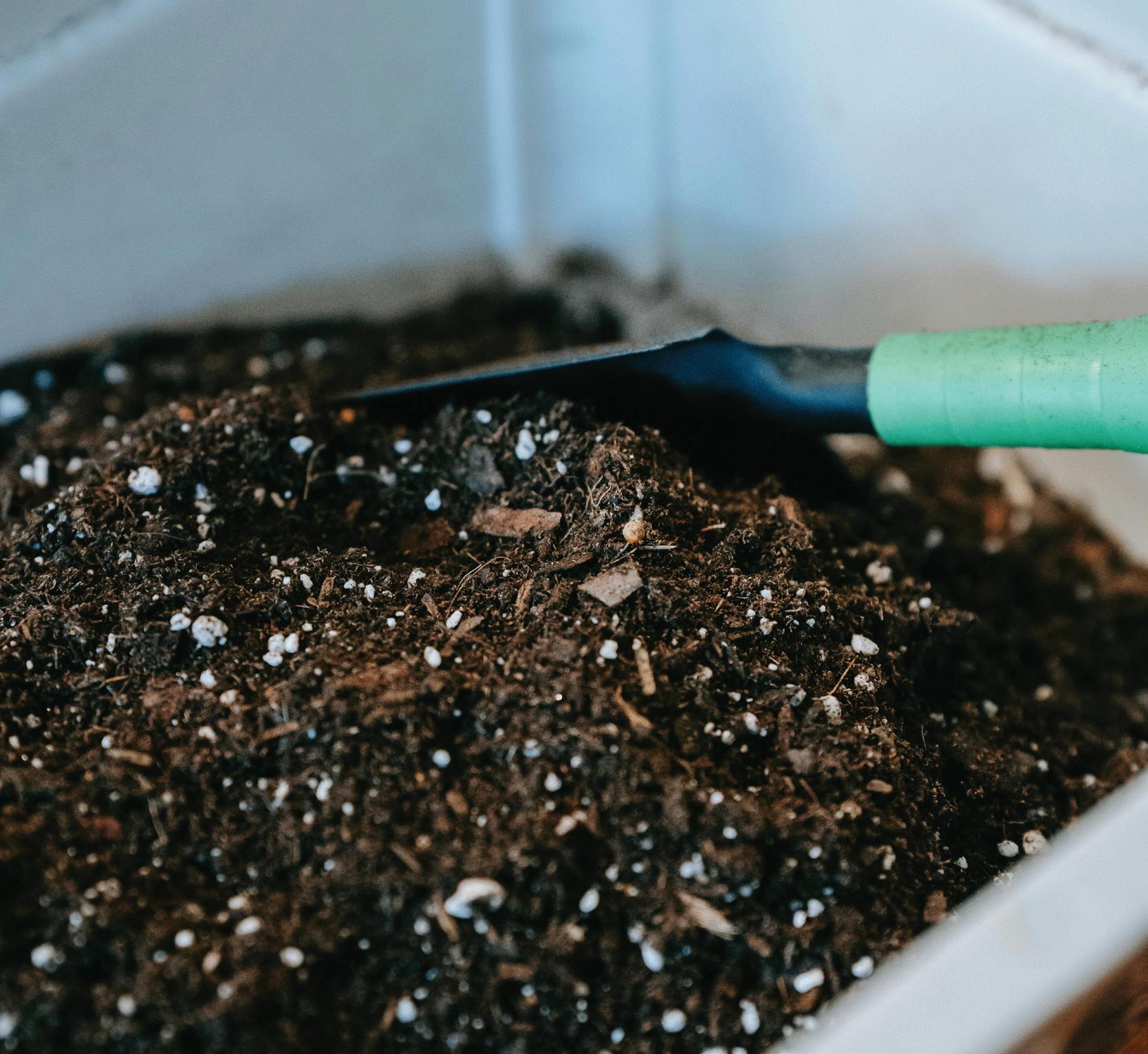
Turn your black thumb into a green thumb this growing season by becoming familiar with your USDA growing zone and the plants that are best suited for your local environment.
The United States Department of Agriculture, or USDA, provides a powerful tool that allows gardeners to find their growing zones by accessing an interactive GIS map at planthardiness.ars.usda. gov and entering your Zip Code.
The growing zones are the temperature zones for your area, ranging from -60 to -55 degrees Fahrenheit to 65 to 70 degrees Fahrenheit. For best results, growers should choose native plants for their homes and gardens.
Each zone represents the mean extreme minimum temperature or the average coldest temperature. The data does not represent the coldest recorded temperature for a specific area. Gardeners should still prepare for potentially colder temperatures than
what is conveyed on the map.
For those who do not have a broadband internet connection, users can also find static images that will load better with a different type of connection. Experts at your local garden center or agricultural extension office will also be able to inform you of your area’s hardiness zone.
GIS technology has a higher level of resolution and can show smaller areas of zone definition
than previous iterations of the map. It may show, for example, a warmer zone around a larger city because cities tend to hold more heat than rural areas or a cool spot around a hill or valley.
Zones 12 and 13 have annual extreme minimum temperatures above 50 and 60 degrees, respectively. These zones can be found in Hawaii and Puerto Rico. Even though these zones do not include a freeze, they will enable gardeners in these areas to
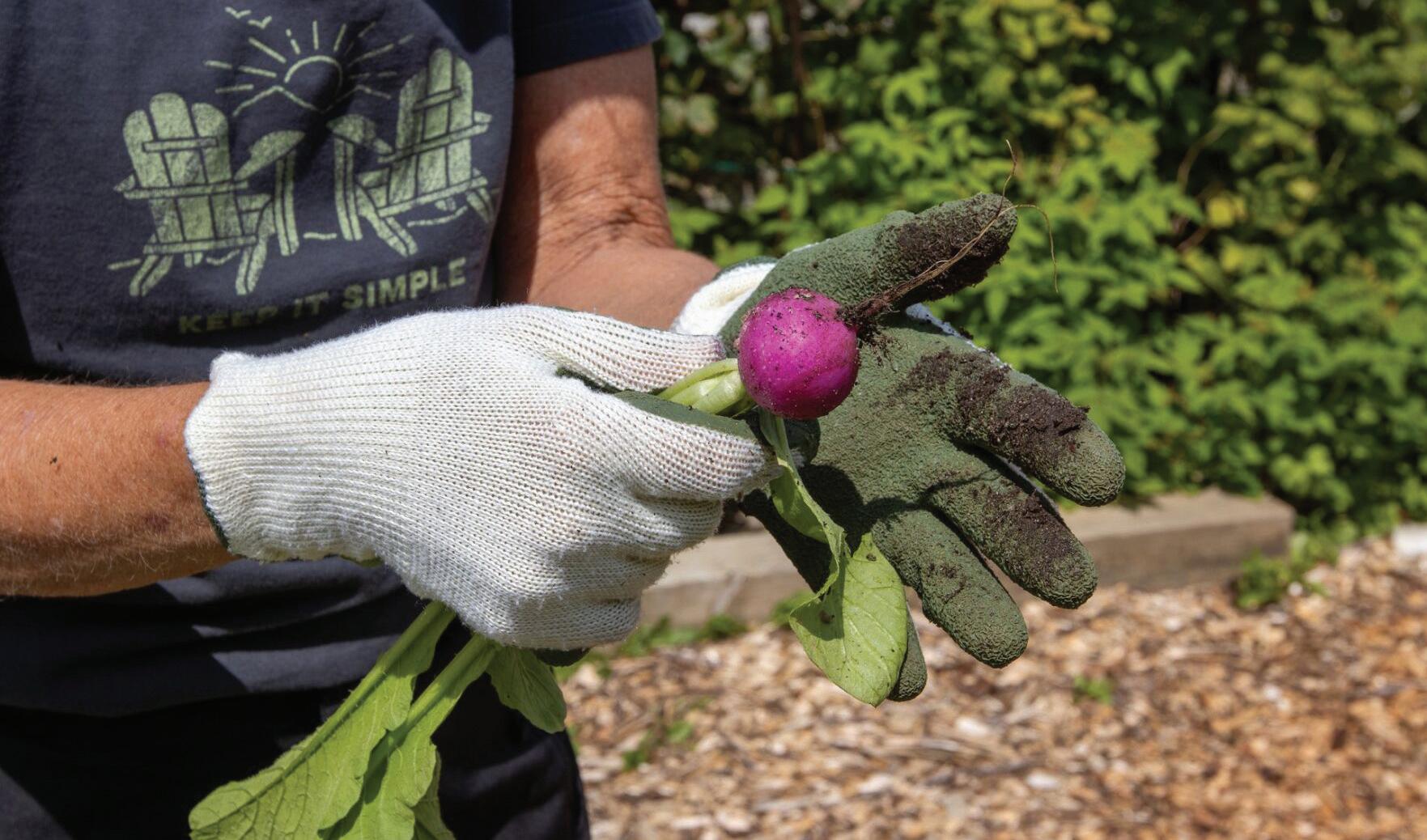
plan for conditions to suit tropical and semi-tropical climates.
The zone map should not be used to show evidence for climate

change. Evidence of climate change tends to show up in records for data recorded across a 50-year or more timespan. Because the zone map uses
30 years of data, it should not be used as a reliable source of data for whether or not climate change is occurring in the United States and its territories.

As the chill of winter fades away, many homeowners want to rejuvenate their abodes and embrace the spirit of spring by renovating their homes.
Springtime is a perfect time to start home projects. Whether you’re planning a small refresh on your home or a major overhaul, when a homeowner embarks on a renovation, there is a lot of planning and consideration to keep in mind. Whether you are looking to enhance the interiors of your home, revitalize your kitchen, incorporate energy-efficient upgrades, or have other ideas in mind to transform your home into something that will make your neighbors jealous, roll up your sleeves as expert tips aplenty are here that will guide you on your way to help inspire your renovation journey.
According to Michael Gragg, owner of Gragg Construction and Design Inc., one of the first things to do when spring arrives is to check your home for anything that needs to be taken care of from any damage that was caused during the winter season. Homeowners should check their shingles and check for any debris or damage that may have occurred to the gutters. It’s recommended that water filters be changed and replaced with fresh water where necessary. Also, look into your heating and air systems, and be sure to change out any filters for the new spring season. It also is wise to check in the crawlspaces that is underneath the home to make sure that they are cleared out and that there is no moisture to cause damage to the structure. Along the same vein, open up any venting underneath the home, and examine any decks and other exterior parts of the home for any winter damage from freezing and thawing. From there, to be confident that
the renovation is both appropriate and affordable, assess your needs and priorities. Consider the areas that require the most attention, determine a budget and see how much you were willing to spend and prioritize any expenses accordingly before starting any project. Be realistic about the necessities that you can afford and avoid any overspending. Gragg also recommends that homeowners do their research and hire reputable contractors specializing in the type of work that they want to do on their home. It’s also encouraged to request references and review any work that potential contractors have done elsewhere. Also, don’t settle for the first contractor who looks at your project. Ask for multiple quotes to help make the most informed decision.
The best time to do home renovations occurs in April and May, because crews that come can work outside without worry over winter weather causing delays. There still is potential for Mother Nature to hamper some home renovations, as well as stormy High Country weather. Those who want to renovate their home should work with an architect or designer to determine the overall plan that they want to be executed. That will determine the vision that you can share with the contractor that you work with. Depending on the scope of the project, the contractor will factor in materials along with labor, and if the project ends up a bigger project than expected, may possibly account for contingencies should any unforeseen expenses happen during the job. In that line of thought, homeowners should plan for any contingencies, setting aside a contingency fund to help cover any unexpected expenses or delays that might arise during the building process.
Also, depending on the size of the project, obtaining permits may be

required. Research any required permits, along with any building codes that might come along with your renovations. Home inspectors might need to be called in to check for the quality of work and to make sure everything is up to code. The type of renovation being done to the home and the cost of the project

Staff Report
Part of getting ready for summer is getting ready to spend more time outside, lounging on your patio furniture, enjoying the sunshine, visiting with friends and family, or cooking out. Here’s how to keep your furniture looking fresh for years to come.
Regular cleaning plays a big role in caring for your patio furniture. For most materials, mild soap and warm water can work wonders. For some pieces, such as wicker or rattan, run a vacuum with a soft brush attachment over the furniture to remove any loose debris first. Rinse your furniture well to remove any soap residue. Let the furniture completely air dry before using it.
While bleach may cure a variety of conditions, it’s not the best thing to use on patio furniture. Not only can it discolor fabrics and cushions, it can also weaken the fabric and shorten your furniture’s useful life. If you don’t want to use soap, vinegar is generally safe to use; make sure to spot-check whatever cleaner you’re using to make sure it doesn’t damage your fabrics and other materials. Clean your patio
furniture once a month to keep it looking its best.
Once your furniture is clean, protect it from the elements. Routinely check wood furniture for rotting, warping and cracking. Once repairs are made, seal it with a coat of protective sealant appropriate to the type of wood used in your furniture.

Rattan furniture can be warped or discolored by exposure to moisture or humidity, so keep these pieces away from water sources and clean up spills or rainwater immediately. Periodically paint metal furniture with rustresistant paint.
Store plastic furniture out of direct sunlight when it’s not in use to prevent fading or deterioration.
When you’re not using your patio furniture or during severe weather, store it in a dry, protected area such as a shed or garage. Store it off the ground and use furniture covers to protect it.
If you don’t have an indoor storage option, consider using waterproof furniture covers to protect your investment.


Beekeeping is beneficial to your garden, according to Homefront Farmers. Honeybees are a good example.
Honey Bees “are a highly efficient pollinator that will travel over a threemile radius in search of blossoms, according to Homefront Farmers (homefrontfarmers.com).
Organic vegetable gardens will have increased production due to the tireless work of honeybees, according to Homefront Farmers; honeybees pollinate about 1/3 of the food we eat.
“Forty-five percent of the world’s food crops rely on bees for pollination; without bees,” according to rogersgardens.com. … “Native bees like to snack on plants they recognize, and in turn, many of these native plants actually depend on native bees.”

Rogers Gardens says rather than use chemical pesticides, which don’t distinguish between good bugs and bad bugs, instead opt for “natural alternatives like insecticidal soap, neem oil, BT or beneficial bug boxes.”
Bees fly from blossom to blossom gathering pollen and nectar.
“Pollinators include many insects and animals, such as ants, bats, bees, beetles, birds, butterflies, flies, moths, and wasps,” according to cms2revize.com. “In the United States, the majority of crop pollination is thanks to honeybees. Crops that need pollination include tomatoes, apples, cotton, almonds, grapes, onions, pumpkins (and) blueberries.”

First-time vegetable gardeners should start out by evaluating their yard to determine what gets the most sunshine, followed by a soil test.
Bumblebees are also beneficial to a garden.
“Bumblebees are vitally important for pollinating hundreds of plant species, including many crops,” according to wildlifetrusts.org.
Bumblebees look for flowers with smaller tongues. They like daisies and alliums. Bumblebees with long tongues enjoy honeysuckle.
“Having some early and some late flowers in your planting mix will prolong the nectar season for bumble bees and other pollinators, too,” according to wildlifetrusts.org. “Planting them in
drifts will help bees to recognize them easily, allowing them to visit repeatedly.”
Western Honey Bees are among the most well-known bees in North Carolina.
“North Carolina depends on and provides a home to a huge diversity of native pollinators, including bees, flies, wasps, butterflies, beetles, moths, and hummingbirds,” according to ncagr.gov.
“Native bees are especially important crop pollinators since their only food is pollen and nectar (other native pollinators eat insects or other parts of plants at some life stage) and they are “central place foragers” traveling as short a distance from their nest as possible to forage. Native pollinators, especially native bees, are vital for the successful production of blueberry, apple, strawberry, blackberry, raspberry, squash, cucumber, cantaloupe, melon, persimmon, muscadine grape, and tomato.”



Spring and summer means spending more time outside. Spending more time in your yard may mean you’ll see problems cropping up.
Here are some common landscaping problems and how to solve them.
Overwatering plants leads to fungus and plant disease, spongy lawns and shallow root systems. Understand the watering requirements of the plants in your garden and carefully manage the amount of water you give your landscaping. Plant native plants to help minimize your watering needs and keep your landscaping looking healthier all year around.
Bare spots in your lawn can result from soil compaction from heavy foot traffic, drought, disease, chemical burns, or weed or insect infestation. To fix these spots, you’ll need first to determine the cause. If it’s foot traffic, install stepping stones or a pathway to keep pedestrians off the grass. If it’s weeds or insects, determine what you have before treating it. Once the yard is treated, you can start growing new grass. New grass can be grown from seed. Spread straw as a mulch to help keep the young grass moist and safe from foraging wildlife. You can purchase lawn patch products that contain seed, fertilizer and mulch blends. Sod is also an option; keep sod moist until you can install it. Make sure it’s level and makes good contact with the rest of the lawn.
Sandy, silty or soils rich in clay can

adversely affect your landscaping. Clay-heavy soils tend to make it easier for water to drain or create shifting issues. Clay is great for building on, but could be bad for your garden. Sandy soil allows water to pass through, which is good for areas that need drainage improvement. You can amend your soil to help improve it. The experts at your local home and garden center can give you advice on what types of soil you have and how to amend it for your landscaping best.
Erosion is when soil wears away from water and wind. This can cause loss of fertile topsoil and harm plants, walkways and other landscaping elements. Retaining walls can help hold back the soil. Amendments such as mulch and plantings like ground covers also help.



Landscaping is limited in the High Country, where winters tend to run long.
Highland Landscape Supplies (located at 3551 US-321 in Blowing Rock) has been landscaping in the area since 1980. To learn more about Highland. Landscape Supplies go online to https:// highlandlandscapesupplies.net or call (828) 264-4210.
Mountain Lawn Care LLC (mountainlawncarellc.com) has been in business for more than five years, and Appalachian Lawn & Landscape (www.applawns.com) has been in business for more than 10 years.
While many homeowners maintain their own yards, some pay for a service. The cost for lawn mowing can range between $29 to $168, depending
t CONTINUED FROM PAGE 7
will go a long way in determining what type of crew and how many crew members are needed on the job site. The type and scope of work will also determine who is subcontracted out, such as electricians, masons, plumbers or construction workers.
By looking at these essential factors in renovating your home, you can transform your home and create a haven that you can love. From making subtle changes to your home to completely refreshing and remaking your home, here’s to looking forward to springing forward into your renovation journey.
on the size of the yard, according to lawnlove.com. Fertilizing generally ranges in price between $100 to $300, and mulching can range between $40 to $100 per hour plus nearly $50 per cubic yard.
Grass seeding can cost between $500 to $1,800, and sod installation roughly doubles the cost, according to lovelawn. com; planting new grass can breathe life into an otherwise yellowing or patchy lawn. You can choose between seeding, hydroseeding, and sod installation.
Installing a sprinkler system costs somewhere between $2,400 and $4,200, and tree trimming costs about $300 to $700 per tree, depending on size. Northwest Tree Service (northwesttreeservicenc.com) in West Jefferson serves the area; they offer free estimates.
The cost of weed pulling ranges between $65 and $120.
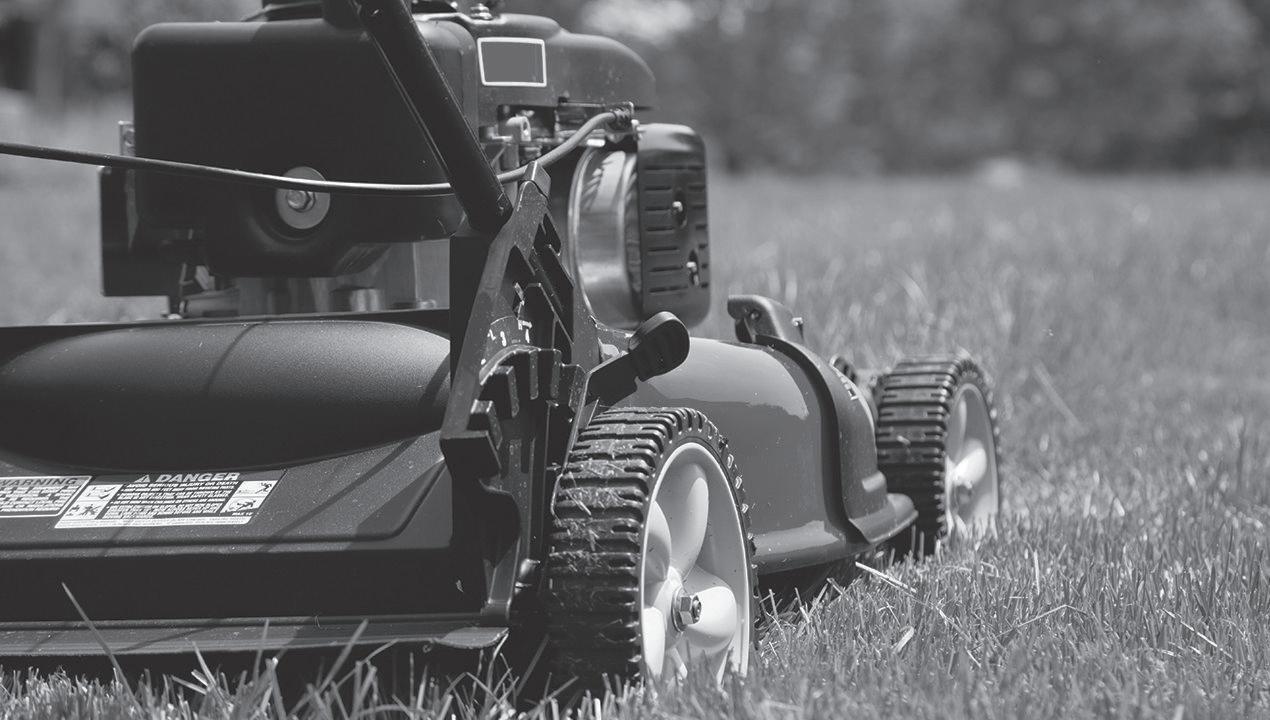
By reducing compaction, lawn aeration can help improve lawn health and make it easier for water, air, and nutrients to penetrate the soil, according to lovelawn.com; on average, lawn aeration costs between $82 to $251.
For do-it-yourself gardeners, NC State Extension offers tips at content. ces.ncsu.edu/carolina-lawns
NC State Extension suggests the best time to plant Kentucky bluegrass and tall fescue lawn grass is between Aug. 15 and Sept. 1.
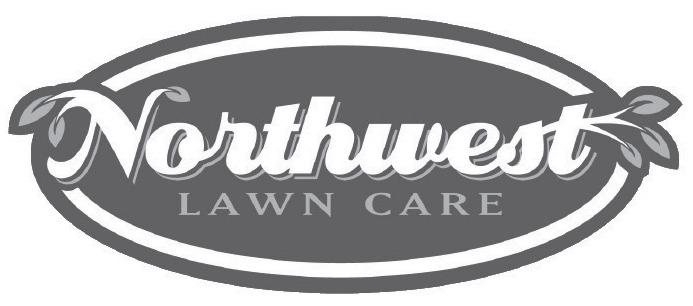


Between the chilly mountain winters and the heat of summer, area homeowners are always seeking to save money when it comes to their monthly energy bills. Blue Ridge Energy, which serves residents of Alleghany, Ashe, Avery Burke, Caldwell, Catawba and Watauga counties, offers a number of ideas and steps that residents can take to help lower costs of heating and cooling their homes.
First, home residents can make small changes in everyday life to conserve energy and save a few bucks. BRE offers several suggestions, including:
• Wash clothes in cold water when
forthe food on our table, the clothesonour backs and the FARMERSwho make it all happen!
possible and save approximately $63 per year.
• Take advantage of the sunny days of winter by opening your drapes during the day and closing them at night to naturally heat the home. In the summer months, overworking a heat pump or air conditioning unit can be prevented by keeping drapes closed during the day to allow less sunlight and heat in.
• Install a programmable thermostat to save up to 10% on cooling and heating costs.
• In the bathroom, BRE suggests taking short showers rather than full tub baths.
A normal tub bath will use up to twice as much hot water. You’ll save on total water consumption as well.
• Rather than using the conventional oven, the microwave oven reduces energy consumption and cooks food about one-fourth the time. Additionally, if the kitchen oven is used for cooking, it

Parker Tieisthe #1 Orgill Valspar Dealer in the nation. We have the paint, stains,supplies and exper tise to assist youwith anypaintprojec t. Whether you’realarge or small farmer,weappreciatethe business


is recommended that several dishes be baked at equal temperatures together in the oven.
• Pool pumps can use significant amounts of electricity. If pumps operate
by a time clock, check to make sure they are operating properly.
• Well pumps average around 50 kWh per month. However, a faulty check valve, pressure switch, or leaks in lines can

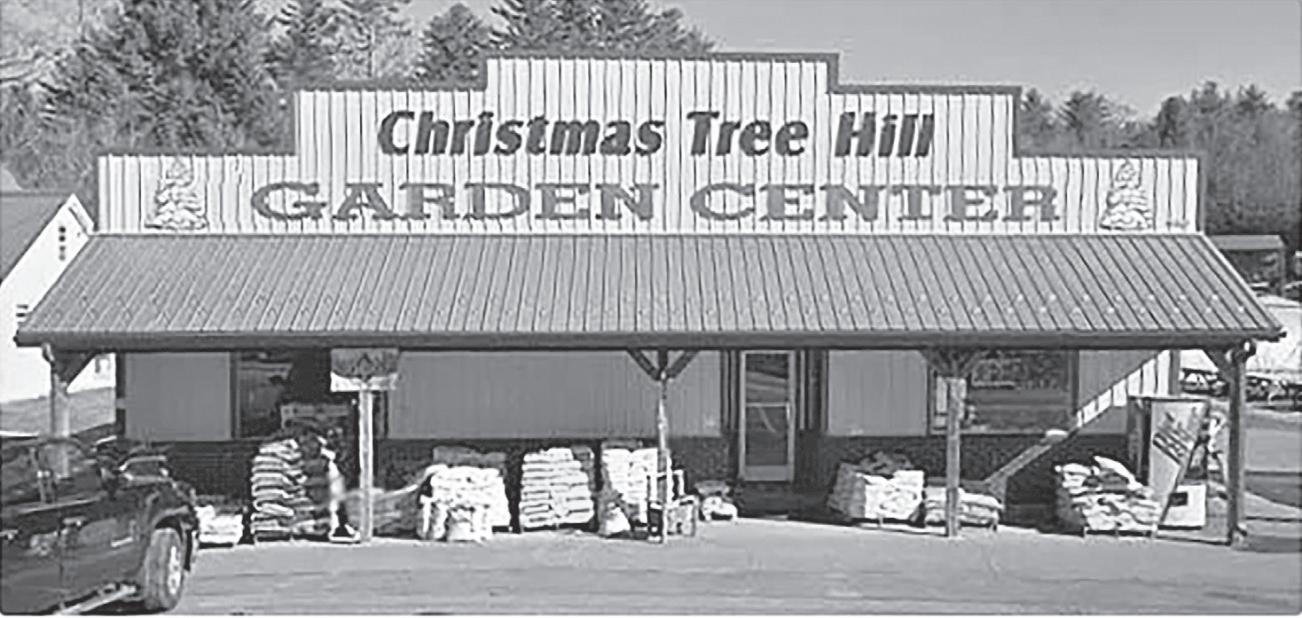
quickly double the electrical usage, so it is suggested to check the equipment on a regular basis.
• Change to new and improved light bulbs. Reduce energy use from about a third to as much as 80% with today’s increasing number of energy-efficient halogen incandescents, CFLs and LEDs.
• Clean or change filters regularly. A dirty furnace or A/C filter will slow down airflow and make the system work harder to keep you warm or cool.
• Schedule service for your heating system. Find out what maintenance is required to keep your heating system operating efficiently.
• Seal air leaks and properly insulate to save up to 20% on heating and cooling bills while also increasing home comfort.
Additionally, the Smart Energy Consumer Collaborative shares no- and low-cost solutions to save money while also staying preferably warm or cool.
Take advantage of air circulation from ceiling fans.
Circulating the air in a room can make a significant difference in comfort while
limiting energy use. In the summer, use the switch on your fan to rotate the blades counterclockwise and push cool air down. In the winter, switch to clockwise to push the warmer air near the ceiling down along the walls into the main area of the room. Also, turn the ceiling fan off when you leave a room to save energy; you can only feel the effect when you’re in the room.

on heating and cooling!
Check with your power company for a free Energy Saving Kit.
Stop the draft with weatherstripping and caulking.
A drafty home can cause your heating and cooling costs to skyrocket, but fortunately, there’s a lot you can do to improve the situation. Weatherstripping and caulk can be purchased at any home improvement store for a quick, inexpensive weekend project. Use weatherstripping on any movable part of your home (windows, doors, etc.) and caulk to fill cracks and gaps. According to the Department of Energy, air sealing a drafty home can save you 20% or more

Power companies have many reasons for supporting their customers’ energy efficiency efforts, so if you’re trying to reduce your overall energy use, a good starting place is just checking with your power company. Many utilities offer free energy-saving kits to get their customers started on the path of saving energy. These can include free LED light bulbs, advanced power strips and other energysaving measures. Your utility may also have other free programs or advice for helping you save.
Make better energy-related buying decisions.
When you need to replace an appliance around your home, like a washing machine, water heater or TV, avoid making an energy-inefficient purchase. By using an online tool to compare products, you can find the most energy-efficient
appliance for your needs. Even if it costs a little more upfront, you’ll likely save quite a bit over the appliance’s lifetime. You can also look for the ENERGY STAR® label, a government-backed symbol that lets you know a product is more energy efficient than others you might choose.
Turn off your lights and unplug unused appliances.
The old adage “Turn off the lights when you leave a room” is great advice for being more energy efficient, but did you know that appliances like coffee makers and gaming consoles can also be major sources of wasted energy? Many appliances, like your cable box or TV, still draw some power while turned off or in standby mode. Some sources estimate that these “energy vampires” account for 10 to 20% of a home’s total energy use!
Consider adding appliances and devices to a power strip to turn them on and off conveniently, and you should start seeing a decrease in your bill.
For more information on home energy conservation, visit www.blueridgeenergy. com/residential/energy-saving-tips.






To keep a safe home for your family, community members should test all smoke and carbon monoxide alarms and replace batteries in all these devices every year.
A good time to test and change the batteries is when the clocks change for Daylight Savings Time, but it’s always a good idea to check them regularly to make sure they are working correctly.
About three out of five fire deaths happen in homes without working smoke alarms, according to the National Fire Protection Association.
Smoke alarms are a key part of a home fire escape plan, according to Boone Fire. Fires in modern homes burn hotter and faster than in the past, and a person may only have a few minutes to escape safely. When there is a fire, smoke spreads fast, and working smoke alarms can give an early warning to get outside quickly.
Install smoke alarms on every level of your home, inside bedrooms and outside sleeping areas on the ceiling or high on the wall
• Keep smoke alarms away from the kitchen, at least 10 feet from the stove, to reduce false alarms
• Use special alarms
with strobe lights and bed shakers for people who are hard of hearing or deaf
• Test smoke alarms monthly
• Replace batteries in your smoke alarm and carbon monoxide detector annually
• Replace smoke alarms that are 10 or more years old
• When a home has a working smoke alarm, the risk of dying in a house fire is cut in half, according to the NFPA.
• In addition to testing alarms and changing batteries, here are other tips to keep your home safe in the event of a fire:
• Closed doors slow the
spread of smoke, heat and fire. Sleep with bedroom doors closed. Install smoke alarms in every sleeping room and outside each separate sleeping area. Alarms should be installed on every level of the home, including the basement. In new construction, smoke alarms should be interconnected so that when one alarm sounds, they all sound.
• Large homes may need extra alarms.
• Test all alarms at least once a month. Press the test button to be sure the alarm is working.
• Smoke alarms should be on the ceiling or high on a wall. Keep smoke

alarms away from the kitchen to reduce false alarms. They should be at least 10 feet away from the stove.
• There are special alarms for people who are hard-of-hearing and deaf. Replace all smoke alarms when they are 10 years old. Writing the expiration date on the outside of the alarm will help you determine the replacement date from the ground without the need for ladders.
• Some newer alarms have lifetime batteries. These detectors are more expensive but are a good choice for rooms with high ceilings. They will

eliminate the need for tall ladders and labor expenses twice a year compared to conventional replaceable battery alarms. Alarms with replaceable batteries are disposed of and replaced when the alarm indicates the battery is dying.
• Home fire escape plans are a crucial tool to keep your family safe in an
emergency. Smoke and CO alarms are an important part of these plans. Please take the time to review your Home Fire Escape Plan with ALL members of the family. Practice your plan regularly, and remember to practice at different times of the day and in different weather conditions.












OwnerGreg Testerman hasbeen building in the Blue Ridge Mountains for Over 30 Years!

